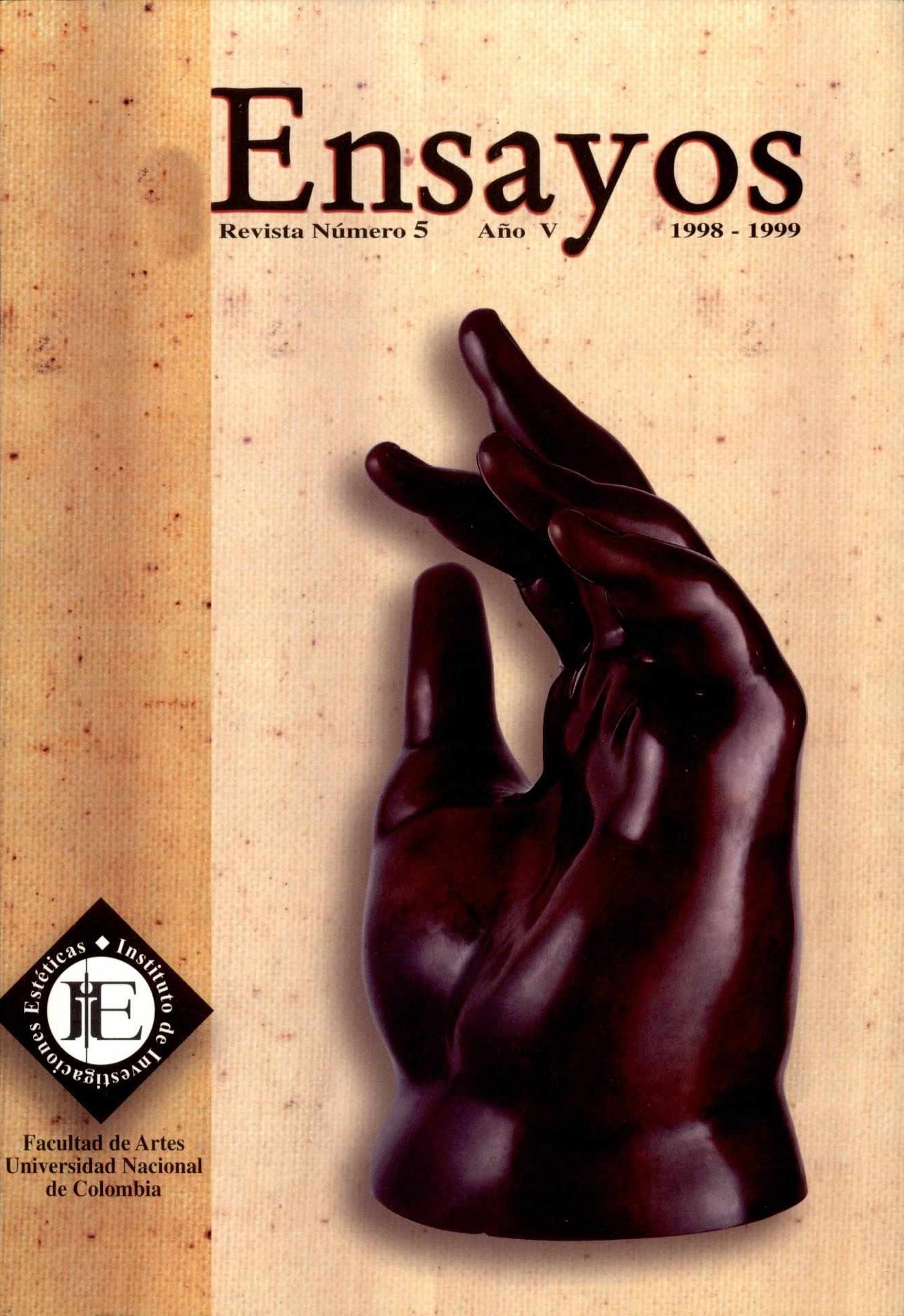El tesoro de los Quimbayas, un siglo después
Keywords:
Pablo Gamboa Hinestrosa, Quimbayas, ajuar, precolombino, Tesoro de los Quimabayas (es)Downloads
En la región del Quindío, en 1890,
cerca del pueblo de Filandia, los
guaqueros sacaron un ajuar funerario
en oro y cerámica, sepultado entre los
siglos II a.c. y X d.c. correspondiente
al estilo "quimbaya clásico". Por su
riqueza, rareza, cantidad y diversidad
de objetos rituales o de sus suntuosos
atuendos, - exquisitas obras de arte
de las más refinada orfebrería -
las 123 piezas de esta ofrenda, constituídas
como símbolos religiosos o
emblemas jerárquicos precolombinos,
son "El Tesoro de los Quimbayas".
Un siglo después de su descubrimiento,
de haberse expuesto en 1892, durante
el IV Centenario de América,
en Madrid, y de su donación a la
Corona Española, nos proponemos
hacer algunos planteamientos sobre
estos hechos desde la problemática de
identidad y patrimonio cultural.
In the Quindío region, tn 1890, close to the village of Filandia, diggers extracted a funeral trousseau consisting of gold and ceramic objects,
buried between the second century b.c. and the tenth century a.c., and
corresponding to the "classical Quimbaya" style. Because of the singularity,
the value, the quantity and quality of the ritual objects or the sumptuous
attire, - exquisite works of art that reflect the most refined gold workmanship-
the 123 pieces of this offering, constituted as religious symbols or as hierarchical precolumbian emblems are what is known as "the Quimbaya treasure". A century after its discovery following its exhibition in 1892 during the fourth American centennial in Madrid and after its donation to the Spanish crown, this
article raises a few questions about the phenomenon in the light of the ongoing discussions about identity and cultural heritage.
How to Cite
APA
ACM
ACS
ABNT
Chicago
Harvard
IEEE
MLA
Turabian
Vancouver
Download Citation
Article abstract page views
Downloads
License
Ensayos: Historia y Teoría del Arte is a journal under the policy of Open Access, under the principle that making research available to the public for free encourages a better exchange of global knowledge. This means that anybody can access the articles published in the journal.
All of the contents are under a License Attribution 4.0 International (CC BY 4.0














